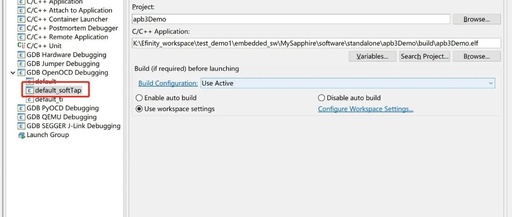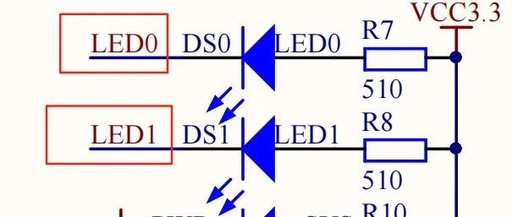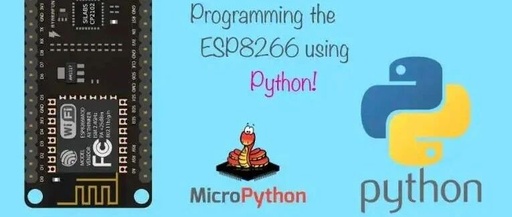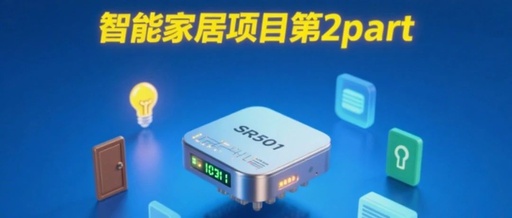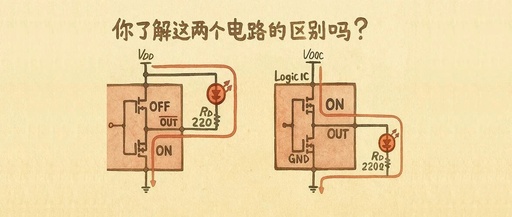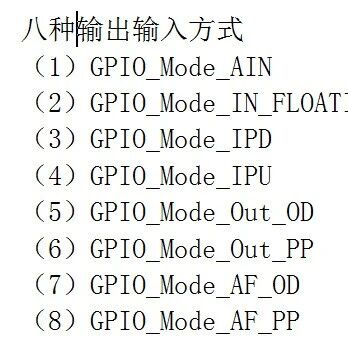Debugging RISCV with Soft JTAG v1.2
Due to current software limitations, the RISCV logic cannot share JTAG simultaneously. Therefore, if you want to debug both the logic and RISCV at the same time, you can achieve this through the RISCV’s soft JTAG. Soft JTAG is a software implementation of JTAG using GPIO. Here, we will demonstrate this using the TI60F225 DEMO. … Read more
